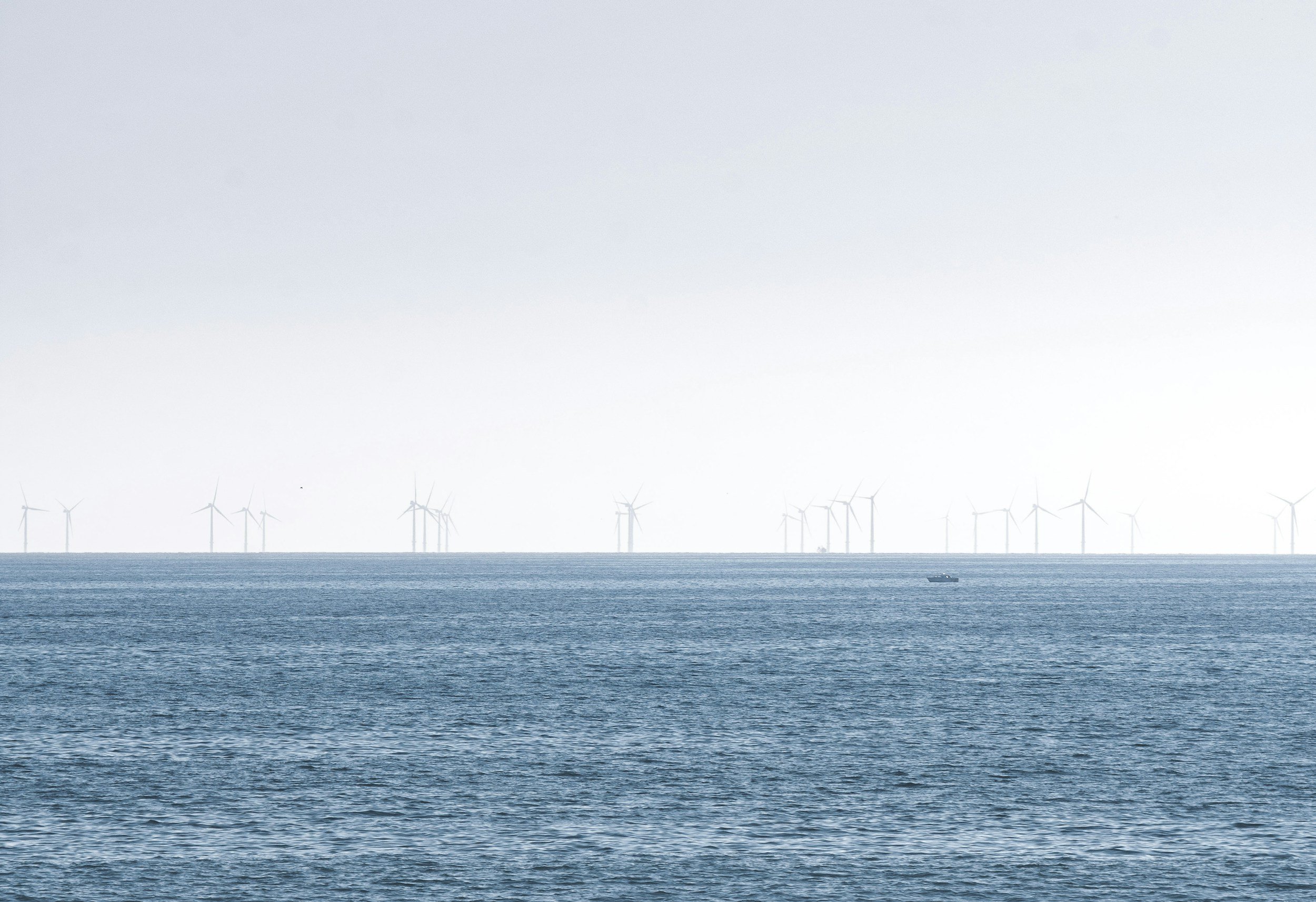
Offshore Wind
A Generational Energy Opportunity for the Southeast
The Southeast has many distinct resource advantages for offshore wind generation. The proximity of the warm water of the Gulf Stream to the coastline, especially off of North Carolina, creates a highly energetic microclimate with higher wind speeds. Additionally, the southeastern continental shelf is gently sloped, allowing projects to utilize fixed-bottom turbines further off the coast where the wind resource is faster and more reliable. According to the National Renewable Energy Lab (NREL), Virginia, North Carolina, South Carolina, and Georgia make up 82% of the East Coast’s resource in shallow water and 45% of the total East Coast’s offshore wind resource.
Offshore wind offers unique benefits for the Southeast, including economic growth related to the manufacturing supply chain, grid reliability and diversity benefits, and a natural hedge to fluctuating fuel prices.
Coastal Virginia Offshore Wind (CVOW): When fully constructed in 2026, Dominion Energy’s CVOW commercial project will deliver enough clean, renewable energy to the grid to power up to 660,000 homes.
CVOW-South: Formerly the Kitty Hawk North offshore wind area, this project will transfer from Avangrid Renewables to Dominion Energy as part of an acquisition agreement between the two parties. Located southeast of Virginia Beach, CVOW-South has the potential to provide approximately 800 MWs of clean energy to Virginia.
Kitty Hawk Wind: A proposed offshore wind project located approximately 27 miles off the coast of North Carolina’s Outer Banks. The project was leased to Avangrid Renewables in 2017, which is also the company responsible for developing and operating the state’s first land-based wind farm. The Kitty Hawk Wind project has the potential to generate 2,400 MW of electricity, enough capacity to power more than half a million homes.
Carolina Long Bay: A proposed offshore wind project located approximately 22 miles from Bald Head Island, NC. This project is composed of two individual lease areas that were awarded in 2022 to TotalEnergies Renewables USA and Cinergy Corp., a non-regulated direct subsidiary of Duke Energy. The project is in the early stages of data collection and site assessment surveying. With an estimated capacity of 2.4-2.6 GW, Carolina Long Bay has the potential to power more than half a million homes.
RWE Gulf of Mexico Lease: RWE became the first leaseholder in the Gulf of Mexico in August 2023. Located 44 miles off the coast of Louisiana, this lease area has the capacity to bring up to 2 GW of clean energy to the Gulf, enough to power over 350,000 homes. The project is expected to be in operation by the mid-2030s.






